" The World Heritage emblem represents the interdependence of the world’s natural and cultural diversity. It is used to identify properties protected by the World Heritage Convention and inscribed on the official World Heritage List, and represents the universal values for which the Convention stands. While the central square symbolizes the results of human skill and inspiration, the circle celebrates the gifts of nature. The emblem is round, like the world, a symbol of global protection for the heritage of all humankind.
Designed by Belgian artist Michel Olyff, it was adopted as the official emblem of the World Heritage Convention in 1978. Its use is strictly regulated and determined by the World Heritage Committee, with guidelines for its use defined in Annex 3 of the Operational Guidelines. It is protected under the international World Intellectual Property Organization (WIPO) act. Any other use is forbidden without express written permission on the part of the World Heritage Committee. This section provides guidelines for using the emblem at World Heritage properties, principles for using the emblem in other circumstances (for authorities), authorization for its use, and quality control."
Go to: http://whc.unesco.org/pg.cfm?cid=114 for the complete text, four pages of Guidelines & Authorization for Use; Guidelines for using the Emblem at World Heritage Properties; Principles for Using the Emblem where you will find "when commerical benefits are anticipated, the Centre should ensure that the World Heritage Fund receives a faire share of the revenues and conclude a contract or other agreement that documents the nature of the understandings that govern the project and the arrangements for provision of income to the Fund. In all cases of commercial use, any staff time and related costs for personnel assigned by the Centre or other reviewers, as appropriate, to any initiative, beyond the nominal, must be fully covered by the party requesting authorization to use the Emblem. National authorities are also called upon to ensure that their properties or the World Heritage Fund receive a fair share of the revenues and to document the nature of the understandings that govern the project and the distribution of any proceeds"; More Authorizations and Quality Control.
So much for this being just a plaque of honor and prestige.
A similar sized bronze embossed plaque would run around a $1,000.
A World Heritage plaque costs much more. First the Application itself, roughly $180,000 for White Sands National Monument. Add in the costs of regular, lengthy reports required but not funded by the United Nations, easily another $100,00 to $200,000 per year. (See Periodic Report on the Application of the World Heritage Convention, Report on the State of Conservation of Kluane/Wranglee-St.Elias/Glacier Bay/Tatshenshini-Alsek.)
Then "part of the costs of the Evaluation Process should also be shifted to States Parties." (States Parties refer to the Applicant, in our case, White Sands National Monument.) Proceedings of the IUCN-WCPA World Heritage Workshop, November 2005, Isle of Vilm, Germany.
So, it looks like the U.S. taxpayer will pay a exhorbitantly for these benign plaques. You pay to get on the list, you pay to stay on the list, you pay for use of the emblem. We have not even addressed the costs of studies, costs to the local economies, costs to jeopardizing our national sovereignty. If you want a plaque so badly, go get one with no strings attached.
Posts and Comments from Readers
Please include yourself in the discussion. Post a comment.
Friday, September 7, 2007
United Nations World Heritage Plaque, How Much Does It Really Cost?
Subscribe to:
Post Comments (Atom)













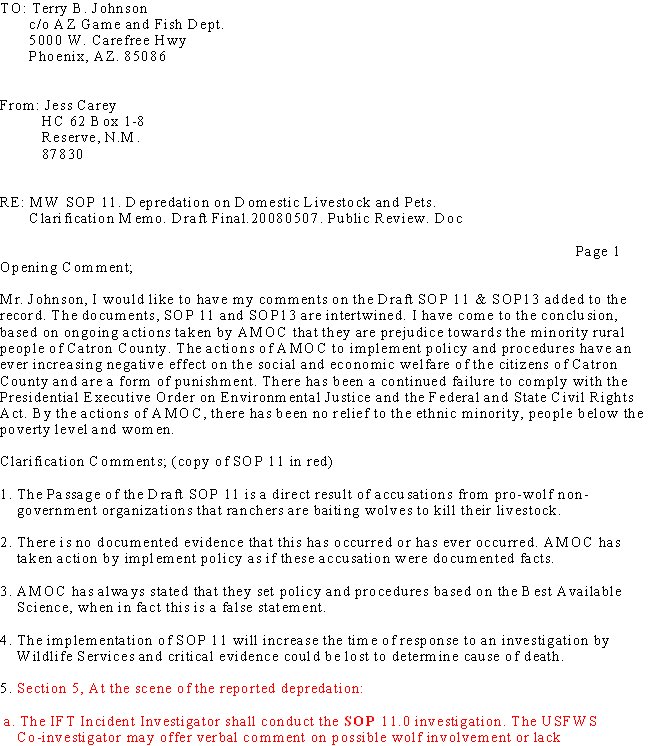
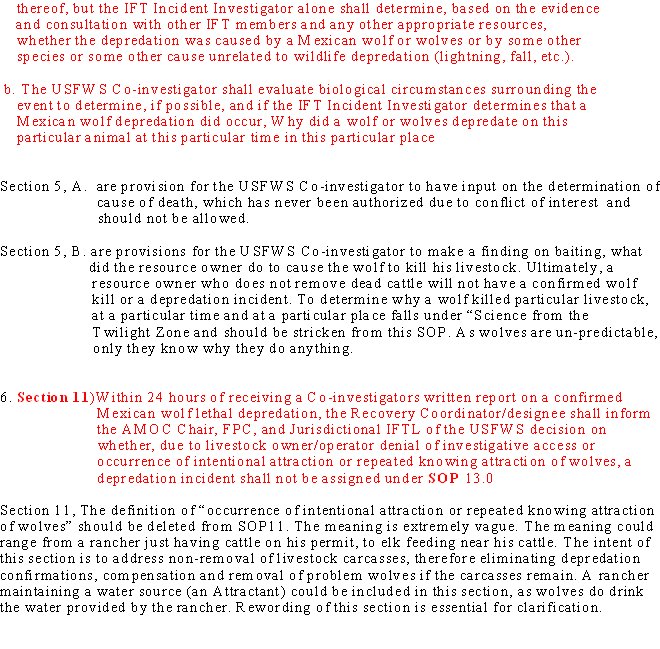
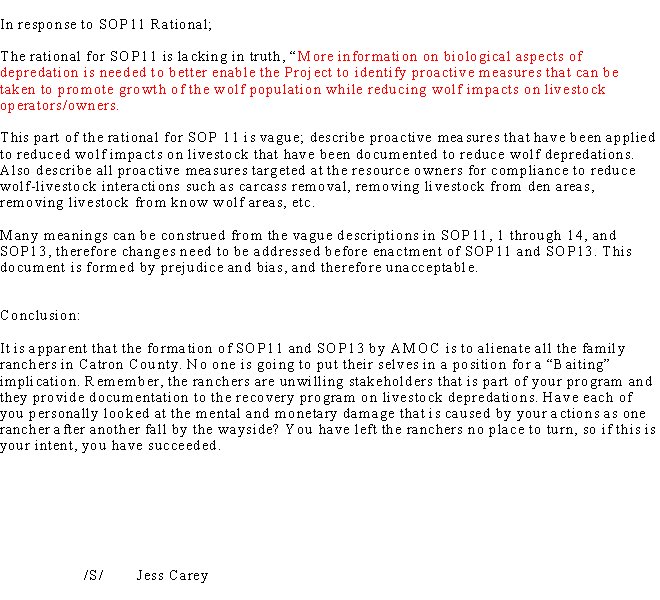

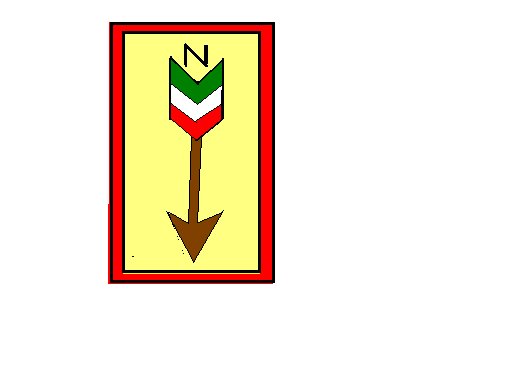


.jpg)


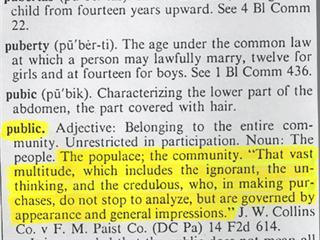









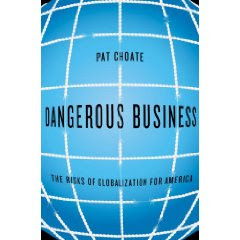





2 comments:
$100,000-$200,000 a year in annual reports? Where is the honor it that? Does any of that money find its way into the hands of the UN.
This whole thing stinks.
$100,000 to $200,000 per year probably forever, too. And that is just the "progress type" report.
How much does it cost for a General Management Plan? The Superintendent at White Sands told me the last time I asked that he doesn't have the money for one. You would have to assume that this Application to become a World Heritage Site was cheaper to not do the General Management Plan that was mandated over 30 (thirty) years ago.
Also, as part of a General Management Plan you need to do other plans - Environmental Management Plan, Risk Management Plan, Commerical Services Plan, etc.
Seems like a course in priority setting would be beneficial here because all of these plans and more will be used in the World Heritage Site designation.
As you can see, all this "prestige" comes at a very high price. For what exactly?
Post a Comment